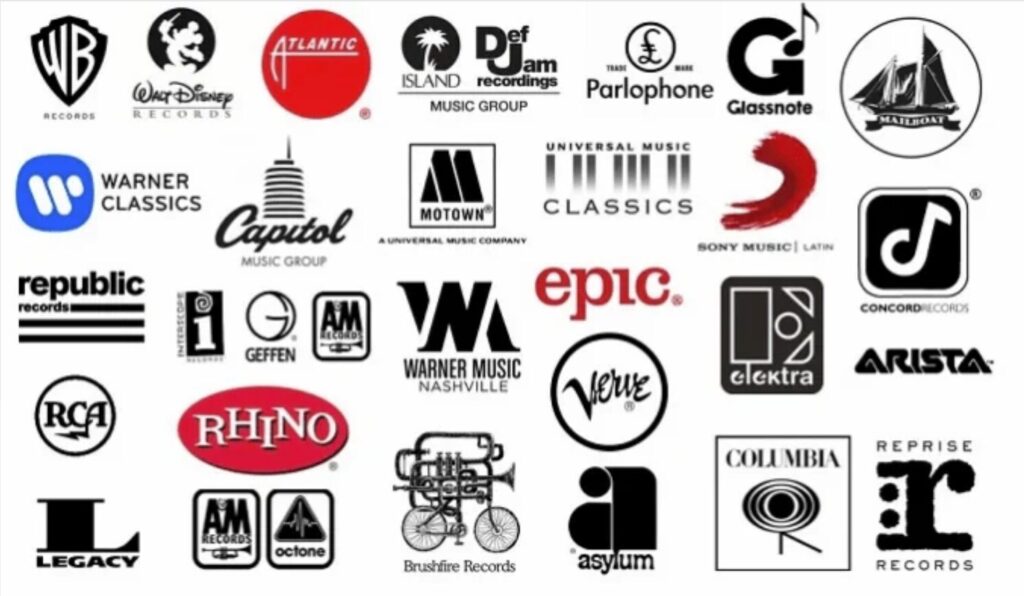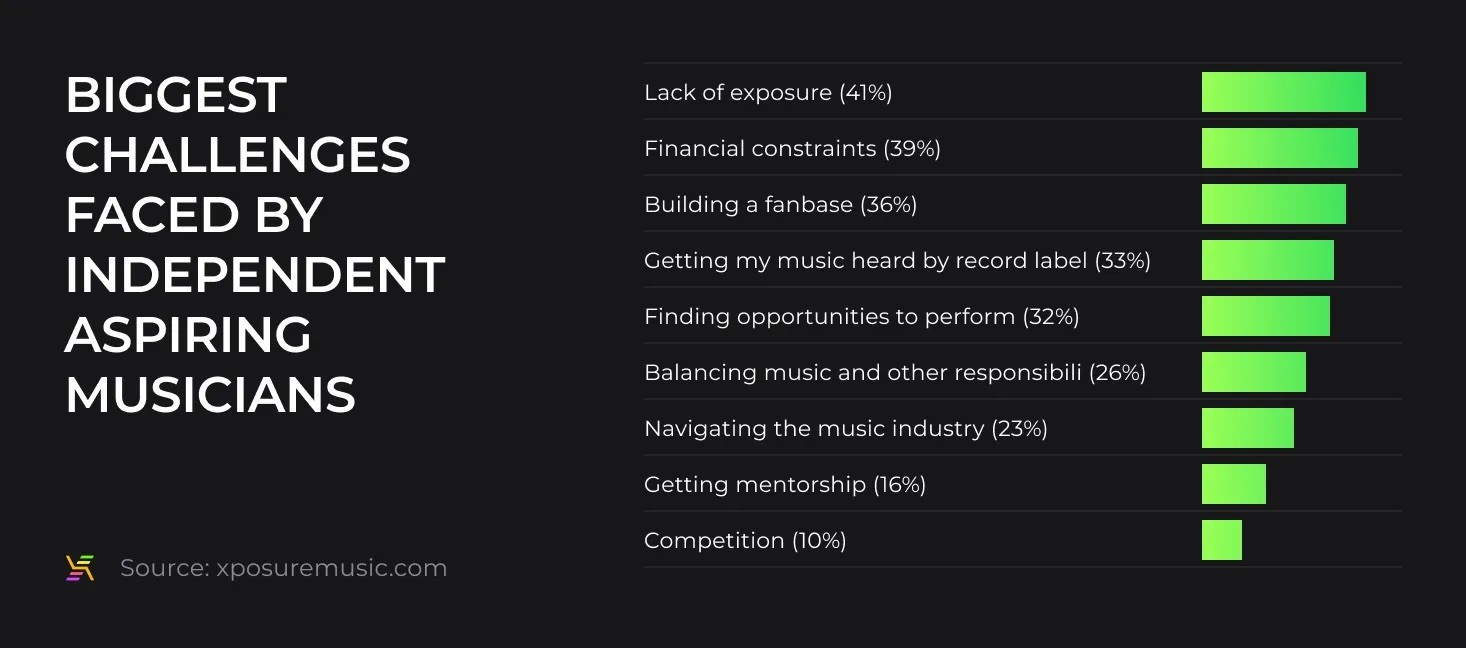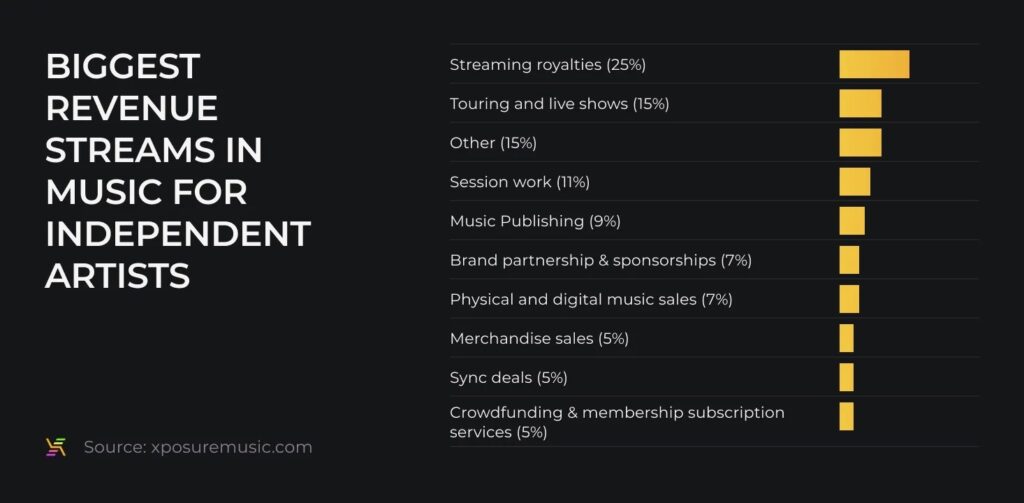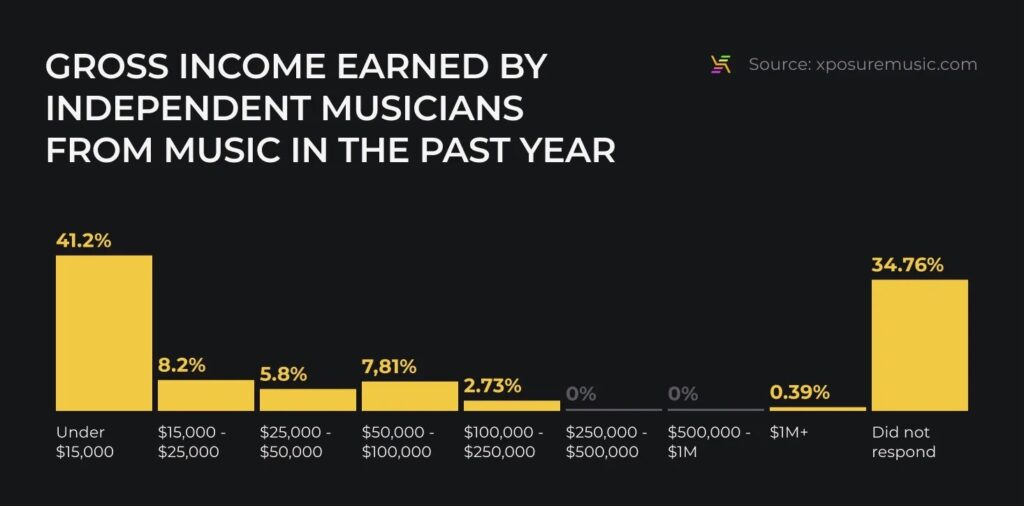
How Going Independent Can Hinder Artists
While there are many advantages to independence, it’s not without its challenges. The decision to go independent can sometimes hinder an artist’s career, especially if they lack the resources and support that a major label can provide. Here are some of the potential downsides:
1. Lack of Resources
Major labels have the financial resources to invest in high-quality production, marketing, and distribution. Independent artists and labels often operate on much smaller budgets, which can limit their ability to compete in a crowded market. Without the financial backing of a major label, independent artists may struggle to afford professional recording studios, top-tier producers, or large-scale marketing campaigns.
While digital tools have made it easier to produce and distribute music on a budget, the reality is that breaking through the noise in today’s music landscape still requires significant investment. Independent artists who don’t have access to these resources may find it difficult to reach a wider audience.
2. Limited Reach and Exposure
Major labels have established relationships with radio stations, streaming services, media outlets, and other industry players that can help promote their artists. Independent artists, on the other hand, often have to rely on grassroots efforts to gain exposure. While social media and digital marketing can be powerful tools, they may not always be enough to compete with the massive promotional machinery of a major label.
In some cases, this limited reach can prevent independent artists from achieving mainstream success. While there are plenty of examples of independent artists who have broken through to the mainstream, the reality is that the majority of chart-topping artists are still signed to major labels.
3. Time and Energy
Being an independent artist often means taking on multiple roles: musician, manager, marketer, social media strategist, and more. While this level of control can be empowering, it can also be overwhelming. Many independent artists find themselves spending more time on the business side of their careers than on the creative process, which can lead to burnout.
For artists who would prefer to focus solely on making music, the support of a major label can be invaluable. Major labels have teams of professionals who handle marketing, distribution, and promotion, allowing artists to concentrate on their craft.

How Going Independent Helps Labels
Major labels that embrace more independent approaches can also benefit from this shift. Here are some of the advantages:
1. Flexibility and Innovation
By adopting independent strategies, major labels can become more agile and adaptable. The traditional major label model was often slow to respond to changes in the industry, but by embracing independent principles, labels can innovate and experiment with new ways of working.
For example, some major labels have launched independent-style imprints that focus on niche genres or emerging artists. These imprints operate with more autonomy and flexibility, allowing them to take risks and develop artists in ways that wouldn’t be possible within the traditional major label structure.
2. Reduced Financial Risk
Traditional major label deals often involve large upfront investments in artists, which can be risky if the artist doesn’t achieve commercial success. By adopting independent-style deals that offer more favorable terms to artists (such as revenue-sharing models or shorter contract terms), labels can reduce their financial risk.
This approach also allows labels to sign a wider range of artists, as they don’t need to invest as heavily in each individual act. By spreading their resources across multiple artists and projects, labels can increase their chances of finding the next big hit while minimizing their losses.
3. Attracting Top Talent
As artists demand more control and ownership over their work, labels that offer independent-style deals are more likely to attract top talent. By offering artists the ability to retain ownership of their music, receive a larger share of royalties, and have more creative input, labels can remain competitive in a landscape where artists have more options than ever before.
This shift has already been seen in the success of major label artists who have signed more flexible deals, such as Kendrick Lamar and Frank Ocean. These artists have been able to maintain a high level of creative control while benefiting from the resources and support of a major label.

How Going Independent Can Hinder Labels
However, there are also challenges for labels that embrace independence:
1. Loss of Control
By offering more artist-friendly deals, labels may lose some control over the creative and commercial direction of their artists. This can be challenging for labels that are used to having a say in every aspect of an artist’s career, from song selection to marketing strategies.
While some labels are willing to relinquish this control in exchange for a more collaborative relationship with their artists, others may struggle to adapt to this new way of working.
2. Lower Profit Margins
Independent deals often involve lower profit margins for labels, as artists receive a larger share of royalties and retain ownership of their music. While this can be a fairer arrangement for artists, it can also make it harder for labels to generate the same level of revenue that they would under traditional major label deals.
For labels that rely on large profits to fund their operations, this shift can be challenging. However, many labels are finding ways to make up for these lower margins by diversifying their revenue streams (such as investing in live events or merchandise) and signing a larger number of artists.
3. Competition from Independent Labels
As major labels embrace more independent approaches, they are increasingly competing with established independent labels for talent. Independent labels have built strong reputations for fostering artist development and providing personalized support, making them attractive to artists who value creative freedom.
Major labels that try to operate more like independent labels may find themselves struggling to replicate the authenticity and artist-centric ethos that has made independent labels so successful. This competition can make it harder for major labels to attract and retain top talent, especially in niche genres or emerging markets.

Conclusion: The Future of Music Labels
The shift toward independence in the music industry reflects a broader transformation in how music is produced, distributed, and consumed. As digital platforms and DIY culture continue to empower artists, major labels have had to adapt by embracing more flexible, artist-friendly models that resemble those of independent labels.
For artists, this shift offers greater creative control, financial freedom, and the ability to engage directly with their fans. However, it also comes with challenges, such as limited resources and the need to take on multiple roles. For major labels, going independent can reduce financial risk and attract top talent, but it also involves a loss of control and lower profit margins.
In the long run, the future of music labels will likely involve a hybrid approach, where major labels continue to evolve by adopting independent principles while independent labels remain at the forefront of artist development and innovation. This new era of collaboration and flexibility promises to create a more dynamic and artist-centric music industry.








